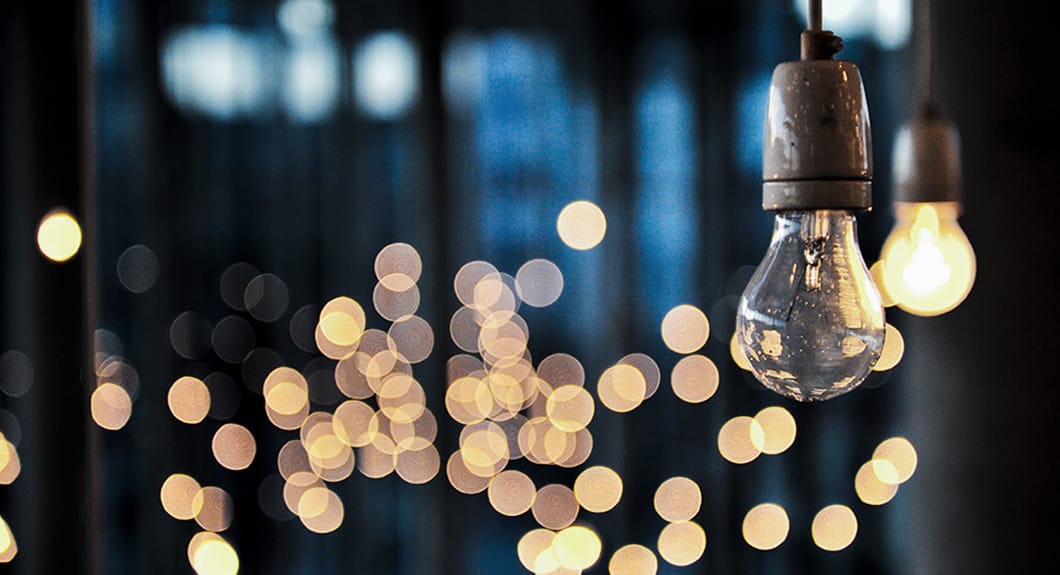Dark Dining: A Feast for the Senses
Published: October 26, 2011
An unpredictable concept can gain you droves of dedicated fans.
How It All Began
Restaurant owner and chef Abigail Hitchcock was first approached by a colleague about hosting dark dining events at her Greenwich Village restaurant, Camaje. Though intrigued, she had reservations.
“I sat on the fence initially,” said Hitchcock, who held her first dark dining event in 2005. “I wasn’t sure if my customers would like the idea, but the experience proved more fun and profitable than I thought.”
By the sixth year, Camaje’s twice-monthly events were consistently sold out.
Meet the Mind Behind the Movement
Dana Salisbury, director of Dark Dining Projects, coordinates dark dining experiences across the U.S. and internationally—often pairing them with live dance performances.
She notes the concept appeals to:
- People celebrating special occasions (birthdays, anniversaries, proposals)
- Adventurous diners looking for something new
- Organizations seeking unique fundraising opportunities
The Dark Dining Experience
Inspired by European traditions, dark dining involves eating in complete darkness or while blindfolded. This enhances the non-visual senses, leading to a more mindful meal.
Guests often report:
- Heightened taste and smell
- More awareness of sound and touch
- Increased appreciation of textures and interactions
At Opaque restaurants in San Francisco and Los Angeles, guests are served by legally blind waitstaff, further emphasizing sensory awareness.
“Around the appetizers and entrees, diners begin to experience more subtle flavors and heightened hearing, which helps them visualize the room,” said Christopher Lynch, General Manager at Opaque.
What It Feels Like
At Salisbury’s events, diners wear soft blindfolds designed to block out all light—intended not to intimidate but to heighten the experience.
“Plunging into darkness liberates people,” said Salisbury. “It removes superficiality and invites a deeper, more meaningful experience.”
Dance performer Sarah Young, who both performed and dined at these events, shared:
“I became immersed in the moment. Without visual distractions, I felt more present and connected to my companion.”
Guest Reactions
Feedback from diners is overwhelmingly positive. Common takeaways include:
- Feeling refreshed and more self-aware
- Enhanced emotional engagement
- Deeper conversations and stronger connections
“The experience is eye-opening—no pun intended,” said Lynch. “People leave feeling enlightened and fulfilled. Some have even been brought to tears, especially those with blind loved ones.”
Business Lessons from Dark Dining
The success of dark dining offers valuable insights for entrepreneurs. Lynch emphasizes:
- Clear vision and belief in your mission
- Strong business structure
- Flexibility to adapt based on customer feedback
Originally, Opaque followed the European model where diners were surprised with their meals. However, they adapted when customers preferred selecting their dishes—balancing mystery with comfort.
“If you look in the mirror every day and know what you’re doing is right, then it probably is,” Lynch said.
Final Thoughts
Dark dining proves that mystery, surprise, and sensory engagement can drive customer loyalty. For businesses, it’s a reminder that innovation and customer insight go hand in hand.
Julie Bawden-Davis has been a journalist since 1985. She’s written for publications including Entrepreneur, Better Homes & Gardens, and Family Circle.

